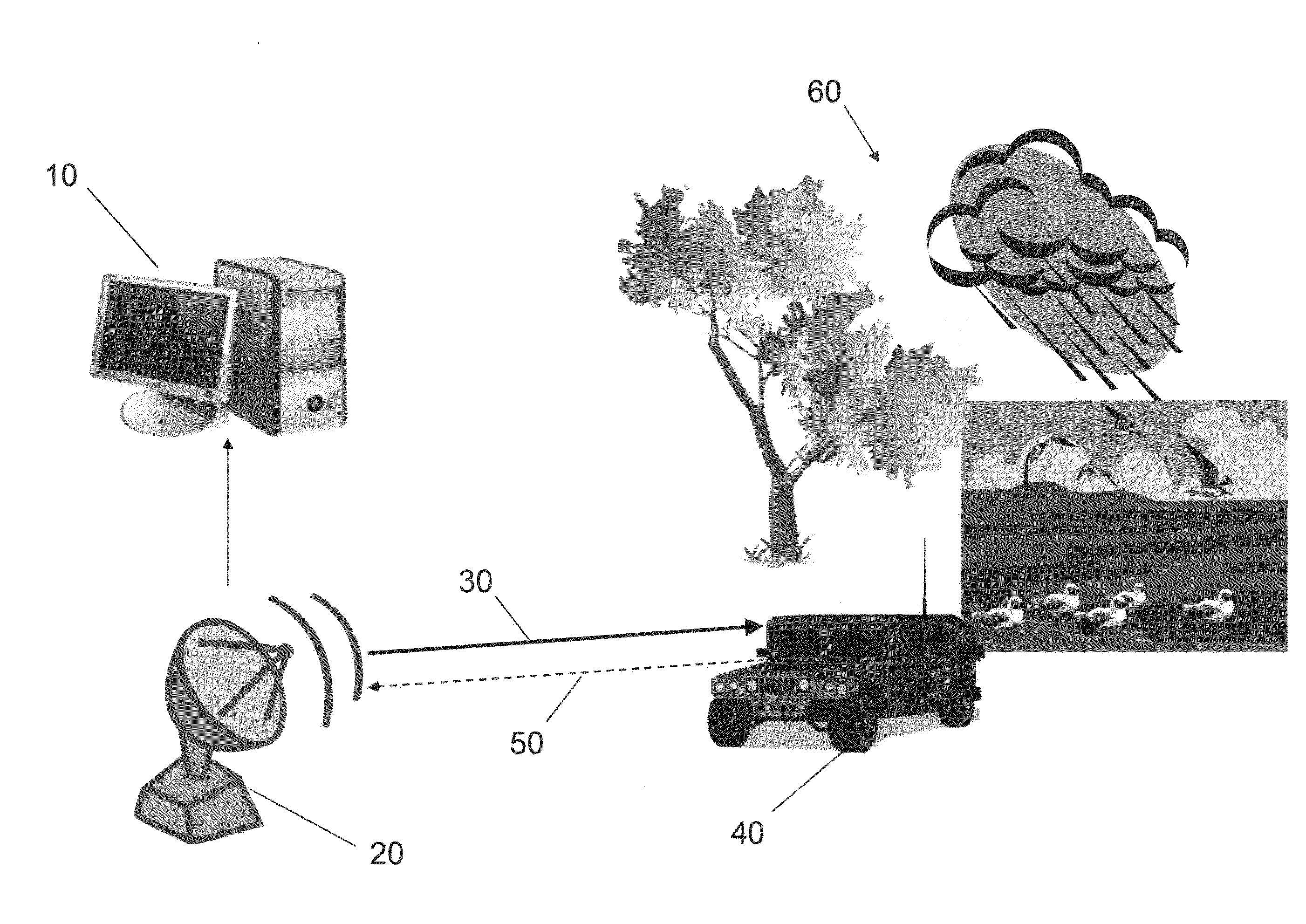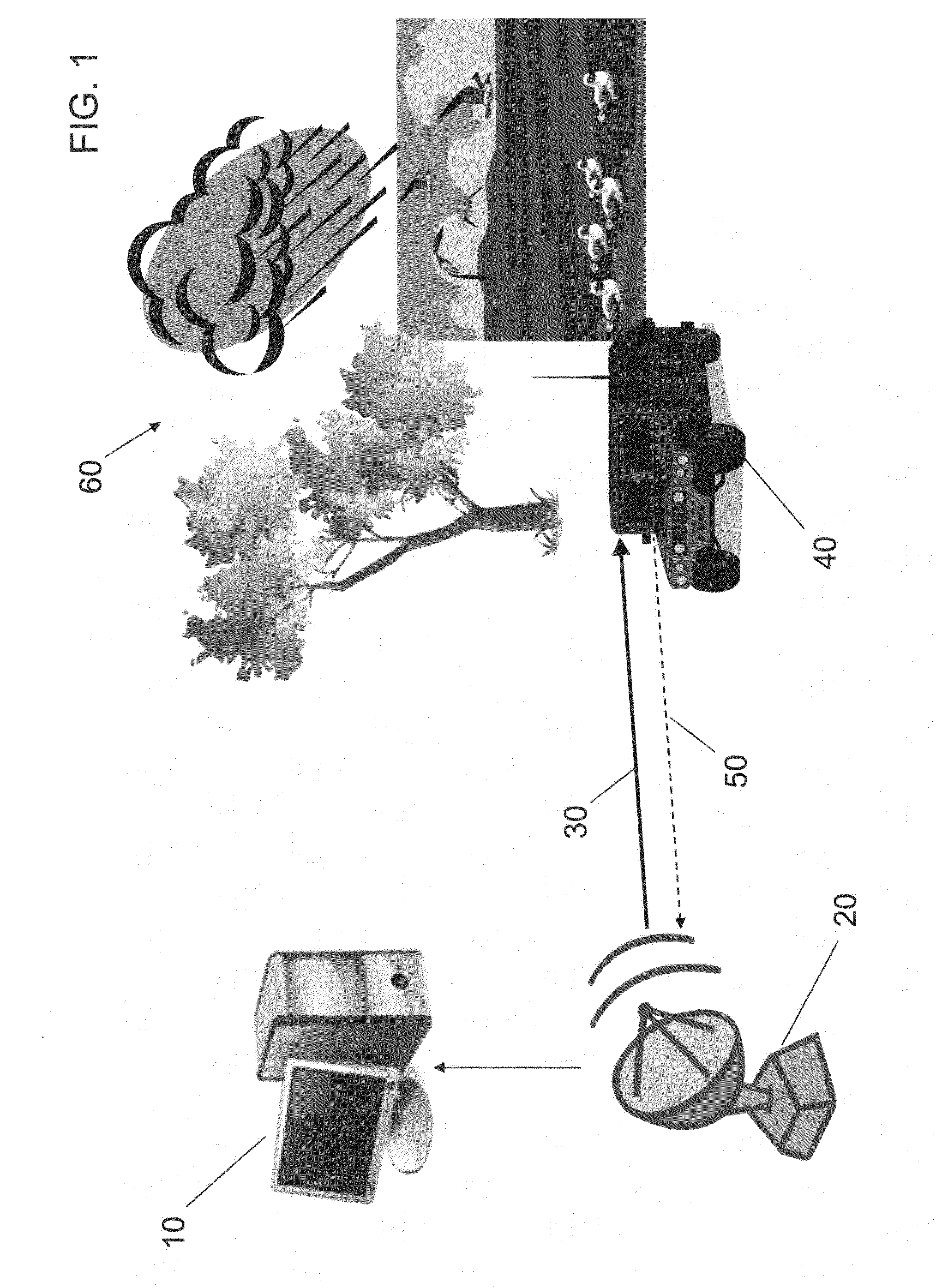Enhanced target detection using dispersive vs non-dispersive scatterer signal processing
a scatterer signal and target detection technology, applied in the direction of reradiation, measurement devices, instruments, etc., can solve the problems of slow-moving or stationary radar platforms limited by radar dwell duration, difficult to separate targets from clutter, etc., to improve doppler resolution, improve target detection efficiency, and improve the effect of target detection
- Summary
- Abstract
- Description
- Claims
- Application Information
AI Technical Summary
Benefits of technology
Problems solved by technology
Method used
Image
Examples
Embodiment Construction
[0045]Hereinafter, exemplary embodiments of the invention will be described in more detail with reference to the accompanying drawings. In the drawings, like reference numerals refer to like elements throughout. While the exemplary embodiments are described in terms of signals in the slow time domain (that is, pulse-to-pulse time samples), the techniques are equally valid in the fast frequency domain (that is, the Fourier transform of the fast time domain, e.g., samples within a radar pulse) to one of ordinary skill in the art.
[0046]In general, the principle of discriminating between dispersive and non-dispersive signals applies to a wide variety of transmitted radar waveforms, dwell durations, waveform bandwidths, etc. As a non-limiting example, certain monitoring and tracking applications require the detection of dismounts and other slow-moving targets in the presence of various types of clutter while using short dwell durations. Short dwell durations, which can be 25-30 milliseco...
PUM
 Login to View More
Login to View More Abstract
Description
Claims
Application Information
 Login to View More
Login to View More - R&D
- Intellectual Property
- Life Sciences
- Materials
- Tech Scout
- Unparalleled Data Quality
- Higher Quality Content
- 60% Fewer Hallucinations
Browse by: Latest US Patents, China's latest patents, Technical Efficacy Thesaurus, Application Domain, Technology Topic, Popular Technical Reports.
© 2025 PatSnap. All rights reserved.Legal|Privacy policy|Modern Slavery Act Transparency Statement|Sitemap|About US| Contact US: help@patsnap.com



